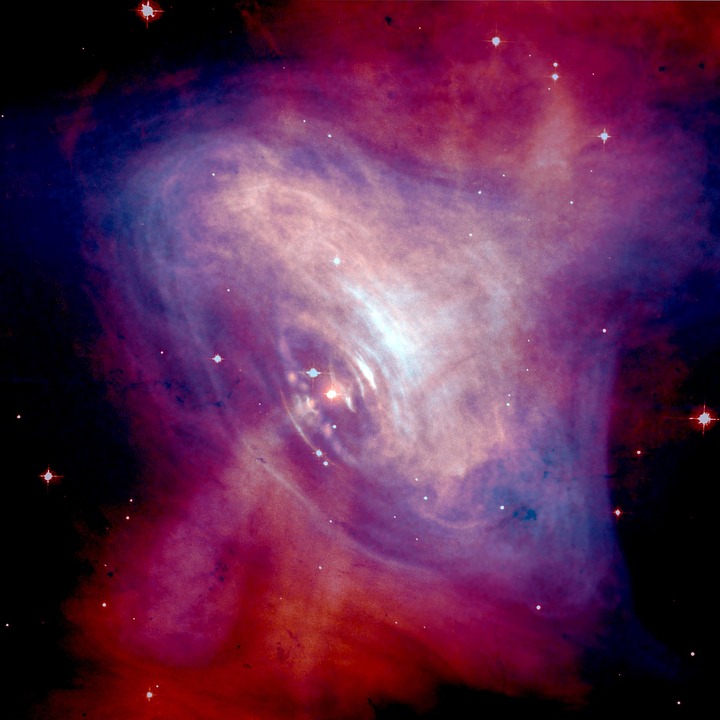Supernovae are some of the most powerful and dramatic events in the universe. These cosmic explosions occur when a massive star reaches the end of its life and collapses under its own gravity. During this collapse, the star releases an incredible amount of energy, resulting in a brilliant burst of light and the ejection of its outer layers into space. The latest supernova to capture the attention of astronomers and astrophysicists is known as Dfinity, and it is proving to have far-reaching implications for our understanding of the universe.
The Discovery of Dfinity
Dfinity was first observed by astronomers using the Hubble Space Telescope in the distant galaxy NGC 5128. The supernova appeared as a bright point of light in the sky, outshining the entire galaxy for a brief period of time. This sudden burst of brightness caught the attention of astronomers around the world, who quickly turned their telescopes and instruments towards Dfinity to study its properties and behavior.
The Physics of Dfinity
Supernovae like Dfinity are incredibly important to our understanding of the universe because they produce and distribute many of the elements that make up the world around us. During the explosion, the intense heat and pressure inside the collapsing star cause nuclear fusion reactions to occur, creating heavy elements such as iron, gold, and uranium. These elements are then dispersed into space, where they become the building blocks for new stars, planets, and even life itself. By studying the physics of Dfinity, scientists can learn more about the processes that govern the formation and evolution of galaxies and the universe as a whole.
The Implications of Dfinity
One of the key implications of the discovery of Dfinity is the insight it provides into the lives and deaths of massive stars. By studying the light emitted by the supernova, astronomers can gather valuable information about the structure and composition of the star before it exploded. This data can help them to refine their models of stellar evolution and gain a better understanding of how stars like our own sun will eventually end their lives.
Another important implication of Dfinity is its potential to serve as a cosmic laboratory for testing fundamental physical theories. The extreme conditions and energies present during a supernova explosion allow scientists to explore the boundaries of our current understanding of physics, and to search for new phenomena and processes that may be at play in the universe.
Conclusion
Supernova Dfinity is a cosmic explosion with far-reaching implications for our understanding of the universe. By studying its properties and behavior, astronomers and astrophysicists can gain valuable insights into the physics of stellar evolution, the distribution of heavy elements in galaxies, and the fundamental nature of the universe itself. The discovery of Dfinity serves as a reminder of the incredible power and beauty of the cosmos, and the limitless potential for new discoveries that await us in the depths of space.
FAQs
What is a supernova?
A supernova is a powerful and explosive event that occurs when a massive star reaches the end of its life and collapses under its own gravity. This collapse releases an incredible amount of energy, resulting in a brilliant burst of light and the ejection of the star’s outer layers into space.
Why are supernovae important?
Supernovae are important because they produce and distribute many of the elements that make up the world around us. During the explosion, heavy elements are created and dispersed into space, where they become the building blocks for new stars, planets, and even life itself. Studying supernovae can help scientists to understand the processes that govern the formation and evolution of galaxies and the universe as a whole.
What can we learn from studying supernovae like Dfinity?
Studying supernovae like Dfinity can provide valuable insights into the physics of stellar evolution, the distribution of heavy elements in galaxies, and the fundamental nature of the universe itself. By analyzing the light emitted by the supernova, astronomers can gather information about the structure and composition of the star before it exploded, helping to refine models of stellar evolution and gain a better understanding of the lives and deaths of massive stars.



